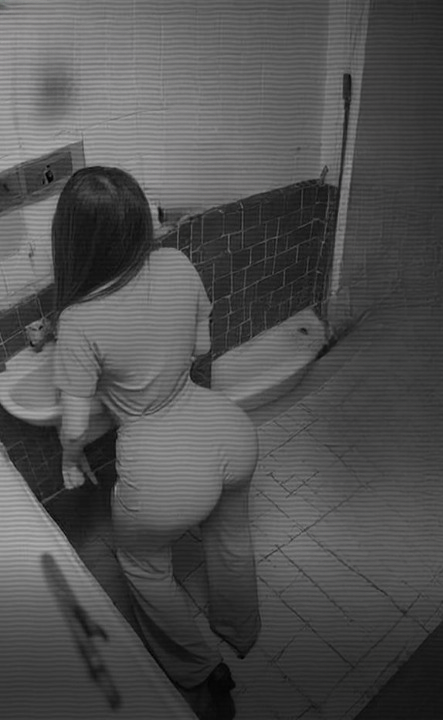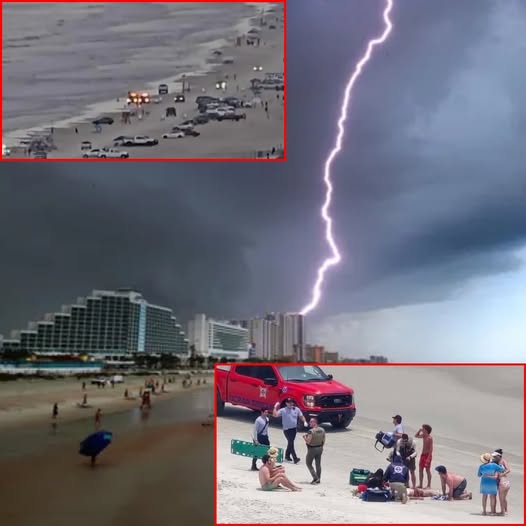In an age where nearly every action is recorded, streamed, or shared online, the boundaries between private conduct and public scrutiny are thinner than ever. What might have once gone unnoticed in a local community can now reach millions of viewers within hours. Recently, one such moment involving a police officer became the center of national conversation, not because of a criminal act or an extraordinary display of heroism, but rather due to the power of transparency and the way ordinary people interpret what they see on camera.
This story, which began as a simple intervention in a public space, has become a case study in modern accountability. It raises important questions about how law enforcement is perceived, how technology reshapes public dialogue, and why transparency matters more than ever.
The Beginning: A Routine Call That Drew Attention
The event unfolded in what seemed like an ordinary setting. Officers were called to a public location to handle a situation requiring their presence. Such interventions typically follow standard procedures, and most pass without attracting any notice outside of official reports.

On this day, however, circumstances were slightly different. Several bystanders had their phones out, recording, while security cameras positioned around the area were also capturing the sequence of events. Nothing unusual about that — after all, in today’s world, almost every public action can be expected to appear online.
But what happened next gave the incident momentum it never would have had in previous decades. As one officer was escorted away from the scene, perhaps due to a procedural step or internal protocol, viewers noticed small details that sparked widespread conversation once the footage began circulating online.
Caught in the Moment: Why Small Actions Matter
The footage itself does not contain scenes of violence or misconduct. Instead, what drew attention were the subtleties: body language, gestures, and the officer’s demeanor as he walked. These are the kinds of nonverbal cues that people instinctively interpret — and often interpret differently.
Some viewers argued that the officer appeared frustrated, while others insisted he seemed calm and professional. A few highlighted his interaction with colleagues, noting that even routine exchanges can look unusual when removed from context and replayed repeatedly on social platforms.
This moment served as a reminder that perception often carries as much weight as reality. Even when no wrongdoing occurs, the way events are presented — especially when condensed into short video clips — can shape powerful narratives.

The Role of Social Media in Amplifying Events
The rapid spread of the video was no surprise. Within hours of its posting, the clip had been shared across multiple platforms. Comments poured in from viewers around the world, many of whom had no direct connection to the location or the individuals involved.
Some users framed the footage as evidence of a “serious issue,” while others dismissed it as an overreaction. Memes, reaction videos, and hashtags quickly followed, transforming the local incident into a topic of global conversation.
This dynamic highlights the unique role social media plays in shaping public opinion. Platforms reward content that sparks strong reactions, whether positive or negative. As a result, nuanced moments can easily be amplified into headline-making events.
The Internet Reacts: Debate and Dialogue
Public responses to the video fell into several distinct categories:
Concerned Citizens – These viewers expressed worry about what they believed the footage revealed, often citing broader concerns about law enforcement accountability.
Defenders of the Officer – Many people pointed out that nothing inappropriate occurred, stressing that the situation was being blown out of proportion and that routine procedures should not be sensationalized.
Casual Observers – A large group simply shared or commented on the video as part of internet culture, without necessarily engaging in the deeper implications.
Community Members – Those closest to the location of the event often brought in firsthand context, reminding outsiders that social media only tells part of the story.
This mixture of perspectives illustrates how public dialogue functions in the digital age. What might have been a brief, uneventful moment in one neighborhood became a touchpoint for global conversations about trust, perception, and authority.
Official Response: Transparency as a Guiding Principle
Recognizing the attention surrounding the video, authorities issued a public statement. A spokesperson confirmed that the footage was being reviewed as part of routine internal processes, emphasizing that the department values openness and accountability.
“We are aware of the incident and committed to transparency,” the spokesperson explained. “It is important for the community to understand that we take all matters seriously, and every action is subject to review.”
This response, while measured, reflects a growing trend in law enforcement: proactive communication. In an era where silence is often interpreted as concealment, official statements serve not only to address specific events but also to build ongoing trust between institutions and the public.
Lessons Learned: The Power of Everyday Accountability
Even though the incident itself may not have involved misconduct, it became a powerful reminder of how closely everyday actions are scrutinized. For officers, professionals, and even ordinary citizens, the knowledge that cameras are everywhere has created a new layer of accountability.
Some argue that this environment is stressful, as individuals must constantly monitor how their actions might be perceived. Others believe it is a positive development, ensuring that behavior in public spaces remains respectful, professional, and transparent.
Both perspectives are valid, but one fact is undeniable: accountability is no longer optional. Whether in policing, politics, or business, the public expects access, visibility, and honesty.
Broader Implications: Technology and Trust
The story also reveals how technology has fundamentally reshaped trust. In earlier decades, community trust in institutions often depended on limited information and word of mouth. Today, however, trust is built — and sometimes broken — through viral videos, live streams, and instant commentary.
This transformation comes with both opportunities and risks:
Opportunities: Technology allows institutions to demonstrate transparency in real time, proving their commitment to ethical standards.
Risks: Short clips can lack context, leading to misunderstandings that spread faster than clarifications.
The challenge, then, is finding balance. For organizations and individuals alike, cultivating trust requires both transparency and careful communication.
A Reminder for All Professions
While this particular incident involved a police officer, the lessons extend far beyond law enforcement. Teachers, healthcare workers, public officials, and business leaders all operate in environments where small actions can attract major attention.
A single video, image, or post can shape reputations, alter careers, and influence public narratives. For this reason, many professionals undergo training not only in their technical fields but also in public communication and behavior under scrutiny.
The message is clear: in today’s connected world, professionalism must be consistent, even in moments that feel routine.
Moving Forward: What Can Be Learned
The officer’s experience, though unusual in how it spread online, underscores three key lessons for society at large:
Transparency Protects Everyone – When actions are visible and open to review, misunderstandings can be addressed with clarity.
Context Matters – A short clip rarely tells the whole story, and viewers must approach viral content with critical thinking.
Dialogue Builds Trust – Open communication between institutions and the public helps reduce speculation and strengthens relationships.
These lessons remind us that while viral moments can be unpredictable, the way we respond to them determines their lasting impact.
Conclusion: The World is Always Watching
The incident that began as a simple, routine procedure has now become a broader lesson about accountability in the digital age. No misconduct was confirmed, yet the video reached millions, proving how even ordinary events can shape public perception when amplified by social media.
In the end, the story is less about the specific details of what happened and more about what it represents: a world where cameras never stop rolling, where every action has the potential to become content, and where trust is shaped in the space between reality and perception.
For individuals, professionals, and institutions alike, the message is clear: act with integrity at all times, because the world is watching — and learning.



